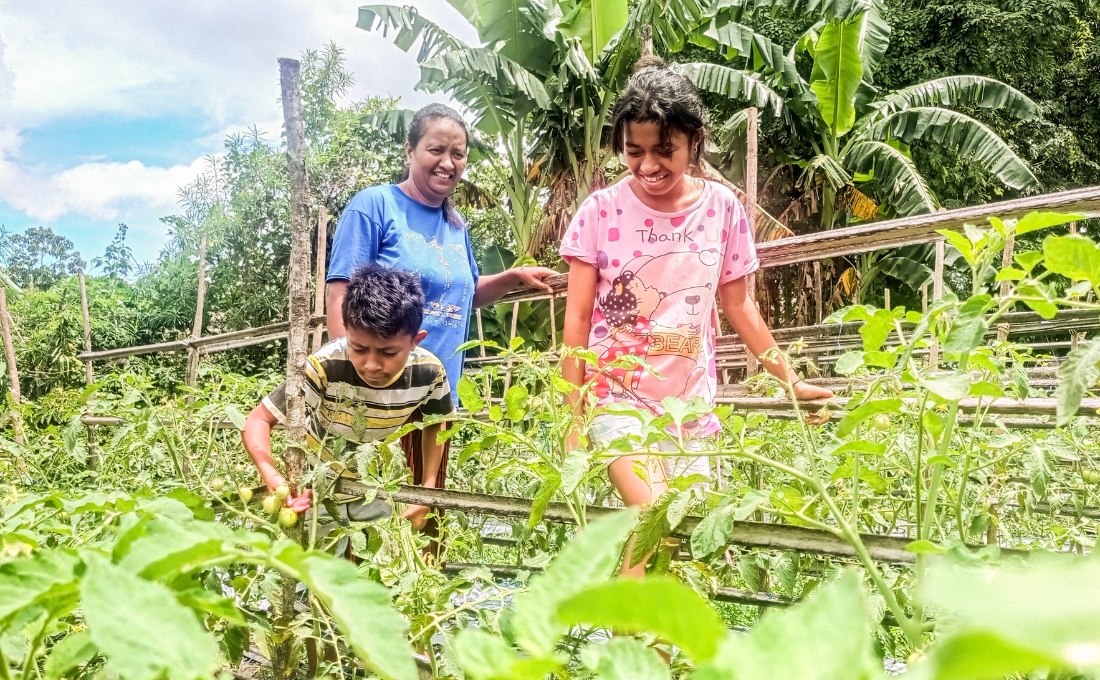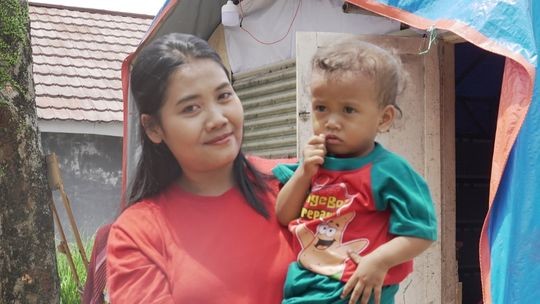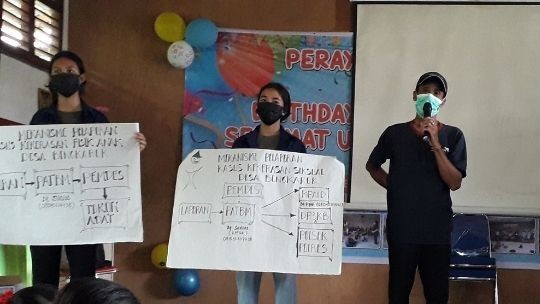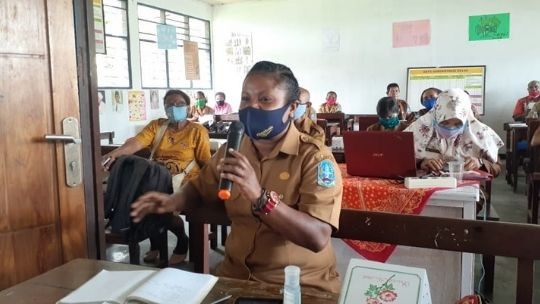The Looming Threat of Climate Change on Child Protection in Indonesia

The declining quality of nature and the environment has a significant impact on child protection issues. A worsening environment and unpredictable natural conditions can put children in dangerous situations, such as exposing them to the threat of diseases, violence, and even death. In extreme poverty situations, children are highly vulnerable.
If the quality of nature and the environment continues to deteriorate, it will lead to economic pressures that can force children into child labor. This also triggers an increase in domestic violence, including violence against children. This can lead to difficulties in accessing education and an increase in child marriage rates. Subsequently, cases of sexual violence also increase, especially for communities that have difficulty accessing child protection services.
This series of issues will become a cycle that always positions children in the most vulnerable conditions. Moreover, the deteriorating quality of nature also has an impact on food access, which affects the nutritional status of toddlers and the health of children. This is a sign that Indonesia's current environmental situation, which is not ideal, will become the biggest threat to child protection.
Facts and Causes of Climate Change in Indonesia
Based on BMKG data, Indonesia will continue to experience extreme weather in the future. If traced, this situation has become more intense in recent years. This trend of shifting weather patterns is closely related to climate change.
Since the 1800s, human activities have been the main cause of climate change, mainly due to the burning of fossil fuels such as coal, oil, and gas. This burning produces excessive greenhouse gas emissions that work like a blanket wrapped around the earth, trapping the sun's heat and raising temperatures. Examples of greenhouse gas emissions are carbon dioxide and methane, which come from the use of gasoline in motor vehicles or coal. Deforestation also releases carbon dioxide. While methane comes from landfills. The provision of energy, industry, transportation, buildings, agriculture, and land use are the main sources of greenhouse gas emissions.
In Indonesia, climate change is also triggered by human activities that damage the environment. For example, deforestation and poor waste management. Both can have an impact on the decline in environmental quality, marked by deteriorating air and water quality, decreasing the carrying capacity of nature to weather changes, and increasing the spread of diseases.
Climate Change: Threats and Disasters
Climate change in Indonesia is a disaster threat. As a result of climate change, several disasters such as floods and landslides often occur. In every disaster, children are the most vulnerable. In general, a child is not yet able to independently strive for their own sustainability or is still tied to the adults around them. Physically, a child is not yet able to take self-rescue efforts in a disaster situation. Due to this nature, it is important to ensure and prioritize the safety of children in every disaster response.
Climate change is also a threat to food security. Looking at the children and communities assisted by WVI who depend on their economy for agriculture, plantations, or livestock, the impact of climate change is already being felt. Extreme weather disrupts planting and harvesting times, making it difficult to control the family and community economy. When the economy is disrupted, the cycle that threatens child protection also occurs.
Currently, WVI is carrying out projects that focus on the readiness of farmers and families to face climate change. So that every family, especially farmers, has resilience and is able to provide good parenting patterns. Farmers can also build child case handling mechanisms while maintaining the food and economic distribution chain.
A Call to Protect Nature and Every Child
Overcoming climate change within the framework of child protection must be linked to the Child Ecology Theory. Child development is influenced by various relationships that are built from the smallest, namely parents, to the largest, namely the state. The interaction of children with their environment shapes their development.
This theory divides the child's living system into microsystem, mesosystem, exosystem, macrosystem, and chronosystem circles. Each layer of the environment around the child has an interaction that affects the child's growth and development. Each layer should start to touch on the issue of climate change because this issue is a threat to the safety of children's lives (Bronfenbrenner, 1974).
Simply put, in the family, it is very important to teach children environmentally friendly concepts, for example, sorting waste or finishing food. In the friendship environment, children are introduced to waste management mechanisms. The habit of throwing garbage in its place can be a good first step. Children also learn to make more use of public transportation.
Communities and the government can contribute through policies and social norms, for example, not cutting down trees, being obliged to use recycled products, or banning the use of plastic bags. The mass media can also prioritize information on environmentally friendly lifestyles.
The connection between climate change and the jeopardized protection of every child in Indonesia is not just a global societal issue. It's a problem that affects us all. By taking steps to conserve nature, we are also fighting for the protection of every child in the future.
Author: Satrio D. Rahargo (Child Protection and Participation Manager)
Editor: Mariana Kurniawati (Communication Executive)



